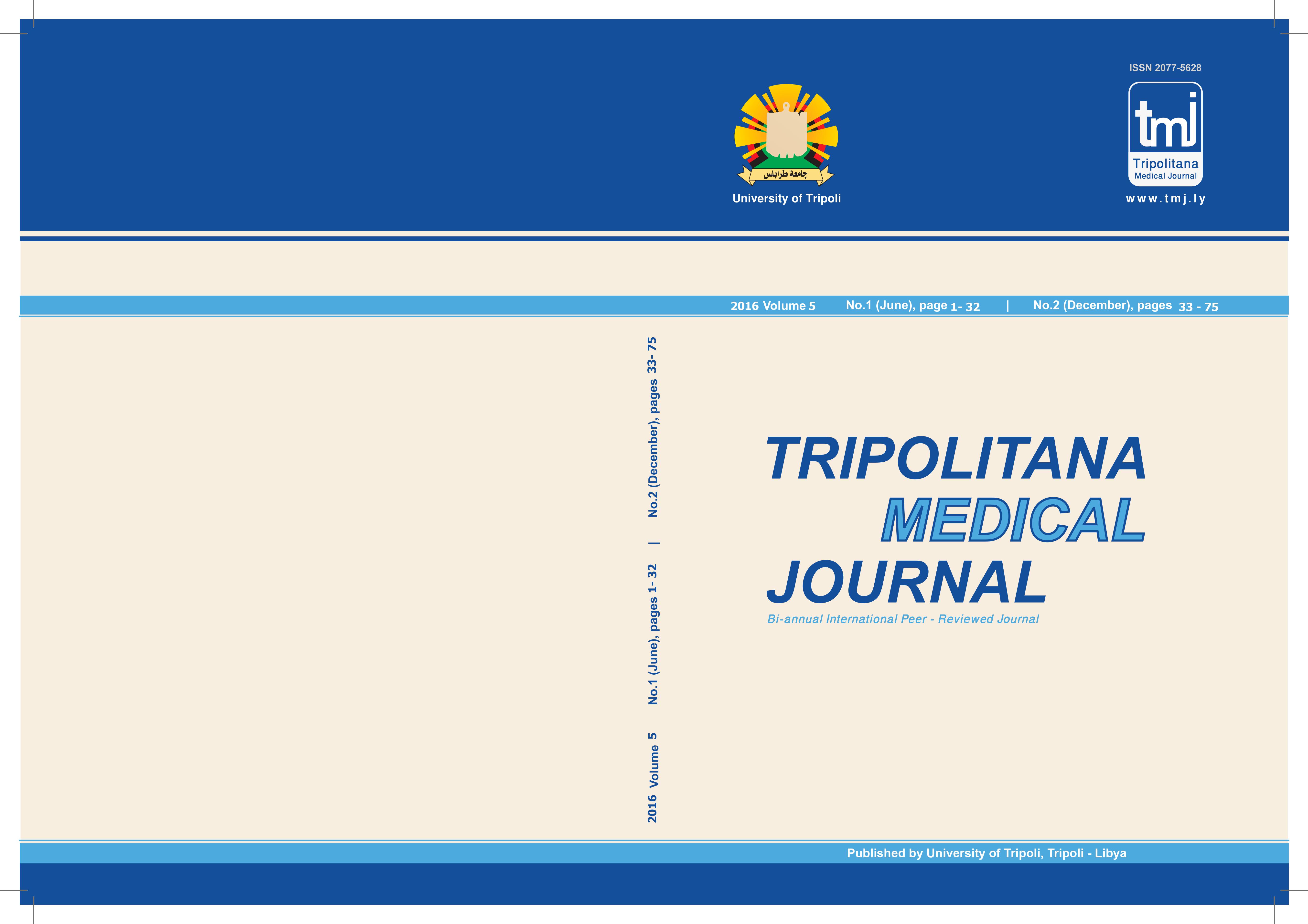HbA1c Level at the Time of Diagnosis of Type I Diabetes Mellitus: A Retrospective Study
Keywords:
iabetes Mellitus; HbA1c; Glycemic controlAbstract
Diabetes Mellitus (DM) is the most common metabolic disease occurs during childhood and its
incidence varies between different communities and nationalities at an increased rate of global prevalence.
HbA1c level in high-risk patients with Type II diabetes mellitus allows early diagnosis and management
of diabetes and delaying long - term complication of diabetes. This study was conducted to highlight
the importance of HbA1c as a confirmatory test for diagnosing Type I diabetes in children. 844 diabetic
children and adolescent participated in this study. The present study also examined HbA1c level at the
time of diagnosing DM and its relation to parameters, including age, sex, duration of diabetic symptoms,
parents’ educational level, and mode of presentation. The mean age of the study group was 8.9 ± 4.4 years;
47.9% were females and 52.1% were males in which. 98% of them were Libyan. 63% of the patients had
family history of diabetes mellitus either Type I or II. 26.8% of the patients were presented with ketosis
while 78.8% of others had classical diabetic symptoms. 95.6% of the target patients had duration of
1-3 weeks signs and symptoms before presentation.
95.6% of the patients had HbA1c >6% at time of diagnosis with a mean of 11.2% for all age groups of
P value (0.000), which is statistically significant. The study concludes that HbA1c is significantly raised
at the time of diagnosis of diabetes mellitus and it can be used as a diagnostic test as well as a test of
glycemic control for diabetic patients. Moreover, HbA1c can be used to identify children who are at
risk to develop DM either Type I or II.

